- Home
- New Kyurizukai
- Combustion Science
from Keio's Faculty of Science and Technology
Combustion Science
from Keio's Faculty of Science and Technology
For perfect command of flames
What I have acquired by putting myself in an environment where I could devote myself to research, and through efforts day in and day out
A boy, who loved rockets, grew up and met the world of “combustion study.” Blessed with diligent friends, excellent seniors at the lab, encounters with internationally-minded professors and through study abroad, he acquired a researcher’s attitude of always making assiduous efforts. Dr. Yokomori puts it emphatically: “Work untiringly, and the way out will surely come into sight sooner or later” even when you are at a deadlock.
Takeshi Yokomori
Dr. Yokomori was born in Saitama Prefecture, Japan. He graduated from the Mechanical Engineering Department of Keio University Faculty of Science and Technology in 1998, and then completed the doctor’s course at the Graduate School of Science and Technology (School of Science for Open and Environmental Studies) without degree in 2003. In March 2004, he obtained a doctor’s degree (Dr. Eng.). Then he successively served as postdoctoral fellow for the Institute of Fluid Science, Tohoku University; research fellow for the Japan Society for the Promotion of Science; and visiting researcher for the Department of Mechanical and Aerospace Engineering, Princeton University of the U.S. In April 2007, he joined Keio University Faculty of Science and Technology as assistant professor, and then assumed the current position as associate professor in April 2013.
The Research
Associate Professor Takeshi Yokomori is featured in this issue, whose field of research focuses on combustion-based manufacturing by elucidating the highly efficient mechanism of combustion that minimizes waste.
Elucidating the mechanism of combustion and making use of it to create solutions for environmental problems and advanced manufacturing
Research into combustion without CO2 emissions and combustion-based materials synthesis
The phenomenon called “combustion” is indispensable to internal combustion engines, such as automobile and aircraft engines and gas turbines that constitute the core of power generation plants, among others. Although it is a long-standing field of research, piles of challenges are yet to be overcome to burn things with high efficiency and minimizing the environmental load. Associate Professor Takeshi Yokomori is an up-and-coming researcher engaging in both fundamental research into the mechanism of combustion and applied research focused on combustion-based materials synthesis.
Improving efficiency and environmental load by developing better methods of combustion
Dr.Takeshi Yokomori pursues “combustion” as his main research theme. The study of combustion itself has a long history. It saw phenomenal development especially after the era of Industrial Revolution from the mid-18th century to the 19th century, when a variety of systems such as steam locomotives, automobiles, aircraft and power generators, which are driven by internal combustion engines, were invented and widely used as vital infrastructure supporting our modern lifestyle.
“Most of the energy sources for combustion are fossil fuels and it is said that oil will be depleted in about 50 years and coal in about a century. This rather pessimistic outlook makes it an urgent issue for humankind to develop highly efficient ways to utilize these limited resources,” remarks Dr.Yokomori. For example, even T. Corporation’s hybrid vehicle, which has a reputation for good fuel efficiency, still remains at a thermal efficiency of 38%. This means much of the energy available from fuel is thrown away in the form of exhaust gas and the like. As such, improvement of fuel’s thermal efficiency continues to be a great challenge.
At the same time, CO2 emissions responsible for global warming are another issue of serious concern relating to combustion . Further more, air pollution, which was once a great social issue in Japan, and the ever-aggravating problem of PM2.5 currently facing China and neighboring countries, can be attributed to improper combustion. So history sees the scope of combustion studies now expanding to include environmental measures in addition to pursuit of efficiency.
Dr. Yokomori continues, “However, phenomena related to combustion are so complicated that many things about combustion remain unknown even today.” “To elucidate combustion, we need to know the flow and diffusion of air and particular substances as well as the state of heat that changes with a lapse of time. We must also identify chemical reactions occurring there. A number of intertwined elements develop simultaneously, which makes combustion phenomena difficult to understand.” (See Fig. 1)
As you know, a specialized field is established for each field of study – whether it is about fluids, chemical reactions or whatever else. This means scientific elucidation of any subject is not an easy attempt. Despite such difficulty, Dr. Yokomori dares to bring combustion problems to light not by the conventional rule of thumb but through theoretical approach and by making the most of simulations.
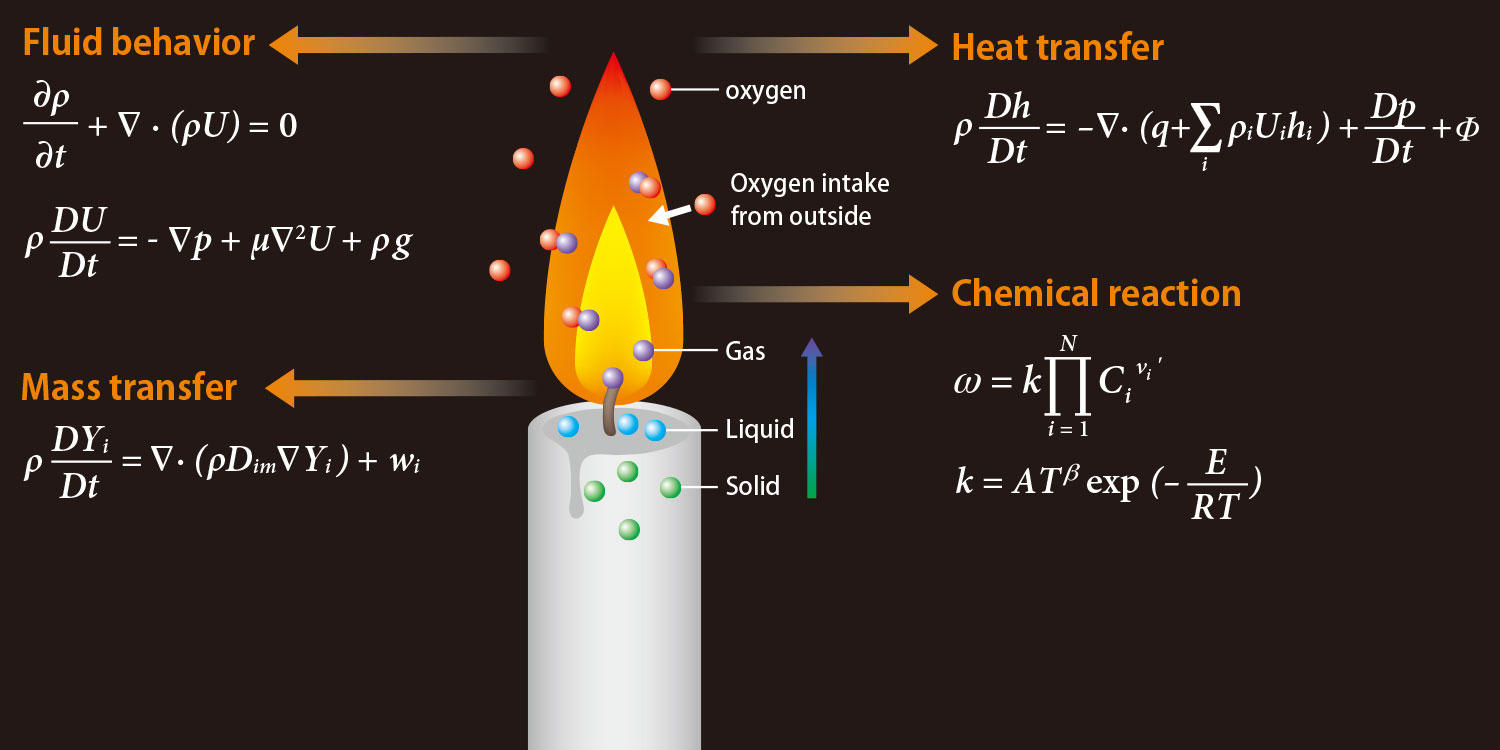
Fig. 1 Difficulties in understanding combustion
To elucidate combustion, we must address a number of element phenomena s i m u l t a n e o u s l y, s u c h as fluid behavior, heat transfer, mass transfer and chemical reactions. Indeed, there are still so many things to be clarified.
Investigating methods of combustion that do not generate CO2 or NOx
Of the many research themes Dr. Yokomori deals with, the major one is to develop a combustion method that minimizes CO2 emissions.
“The burning of fossil fuels necessarily emits CO2. I’m now involved in an attempt to develop a method that allows the produced CO2 not to be emitted into the atmosphere. Specifically speaking, I’m thinking of using pure oxygen, not air, for combustion,” he explains.
Air contains nitrogen. So if you use oxygen in place of nitrogen, combustion will produce only CO2 and water (H2O). Then it will become possible to collect CO2 only by cooling the combustion gas and taking out the condensed water. In Japan, methods for preventing collected CO2 from being emitted into the atmosphere – by compressing it into liquid and storing it on deep-sea bed, for example – are being examined. Naturally, Dr. Yokomori’s research is attracting attention from interested circles.
“Yet, my attempt is not without problems. Use of oxygen for combustion raises temperatures as high as 3000℃. Combustion systems currently available cannot stand such high temperatures. To reduce the oxygen content, therefore, We’re racking our brain to keep the current combustion temperature range of 1500 to 2000℃ by returning the emitted CO2 to a furnace and circulating it there. This is a breakthrough approach and its possibility is being examined by members of a study group within the Combustion Society of Japan.”
Then, at what levels should oxygen and CO2 content be maintained to realize optimal combustion? He says he is seeking the answer through experiments and simulations.
“The key point of optimal combustion lies in the base of the flame. Its control holds the key because the flame itself will go out and vanish unless a proper amount of oxygen is supplied to that part of the flame. This is one of the most critical problems for large plants like thermal power plants, where combustion should never be suspended to maintain operation.”
He is also involved in research into methods to prevent nitrogen oxides (NOx) from being generated in the process of combustion. This technology is particularly required by systems like aircraft in which post-processing equipment cannot be installed due to weight and/or space limitations.
“NOx is prone to be generated during combustion especially when nitrogen content is high and the flame temperatures reach as high as 1800℃ . So it is necessary to control the amounts of air and fuel always in a balanced condition. To be specific, we control temperatures and combustion by adopting a two-step system. With this system, we put in a relatively large amount of fuel to keep temperatures within a certain level, then blow a large amount of air into the remaining fuel to burn it again.”
Under normal circumstances, you can achieve efficient combustion if you burn the fuel at high temperatures. So the major challenge here is how to increase efficiency while minimizing the load on the environment, he points out.
Creating a variety of oxides by combustion-based materials synthesis
Yet another research theme Dr. Yokomori is addressing is the synthesis of “oxides” such as ceramic materials used as structures, titanium oxide mainly used as photocatalyst, and fluorescent substances used in diverse applications such as LED and biomarkers.
“Oxide crystals can be created relatively easily by means of oxidation reaction, for which knowledge obtained through combustion studies can be useful. Accordingly, we are creating ultrafine substances of nm or μm in size that could be used for a variety of applications. What makes our technology unique is the use of pure oxygen; by heating a particular substance at high temperatures of between 2000 and 3000 ℃ , it is possible to create excellent crystalline structure. Another great advantage is that we can easily create a variety of substances simply by changing ratios of materials.” (Fig. 2)
Though it is not yet a widely known approach, much is expected of combustion-based materials synthesis as a method for creating functional materials that have good crystal structures. Because of this advantage, the method is attracting business inquiries from a number of industrial companies, he mentions.
“On the other hand, in this materials synthesis pro cess bas ed on hig htemperature combustion, chemical reactions and crystallization take place in a very short period of time – in a matter of several milliseconds. As such, it requires thorough understanding and control of its process and mechanism to create an exactly targeted material. As far as this problem is concerned, much still remains unsolved, which is very intriguing and challenging as a theme of research.”
“I would like to develop new technologies useful for society by expanding into materials synthesis and other applied fields while continuing to pursue combustion theory construction as the base of my research activity,” concludes Dr. Yokomori with a bright, motivated look.
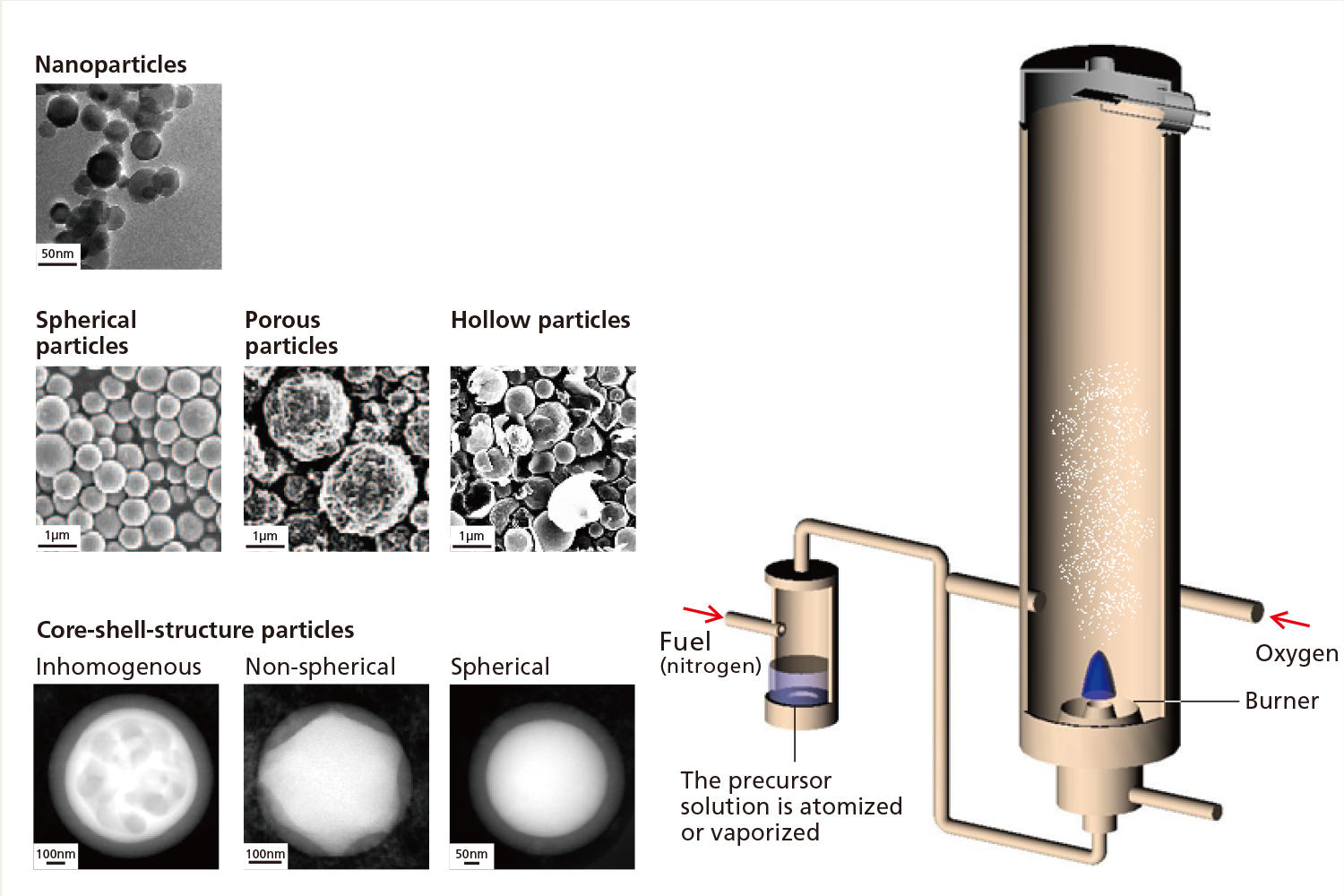
Fig. 2 Examples of particles synthesized in the lab
Based on knowledge obtained through combustion studies, the Yokomori lab is creating a variety of ultrafine (nm or μm in size) substances that can be used for a wide range of applications. Various substances shown on the left could be created using the device shown on the right.
Interview
Associate Professor Takeshi Yokomori
Becoming steeped in scientific studies while assisting the family business
What was your childhood like?
As a young boy, I was extremely fond of space shuttles and other rockets. When a rocket is launched into the sky, you see blazing flames from its tail end, don’t you? Fascinated by the powerfulness of the flames, I came to take an interest in rockets. I was also crazy about “Space Battleship Yamato” which was very popular as a TV animation and movie. The battleship itself was cool, but what particularly excited me were the flames from its stern. As I recall, I may have been interested in combustion as early as those days (Laughter). Later, as I grew up, I came to take an interest in mechanical things in general including automobiles and trains, regardless of whether it has an internal combustion engine or not.
I was born in Saitama Prefecture, but my father was running an electrical work company in Tokyo. He took me to work sites from time to time. As a junior high school student, I began to assist my family business in wiring work and equipment installation on site, which naturally awakened my interest in scientific studies. If I remember correctly, I think I did the work with a sense of responsibility even as a young boy. But I enjoyed the work because I loved messing around with mechanical things.
I also liked physical activities. I attended public elementary, junior high and senior high schools. In my elementary school days, I belonged to a swimming school; as a junior high student, I joined the school’s basketball club; and as a senior high school student I belonged to the tennis club. Although I cannot afford time for physical activities these days because of extremely busy daily work schedules, I am basically a sports-oriented person.
On the other hand, as an elementary schoolboy I began to attend a tutorial class, where I was awakened to the excitement of solving mathematics problems. When I was an elementary school sixth grader, my mathematical ability reached the college level, for which I was awarded. This event motivated me to study mathematics more and more. Maybe I am a person who can grow when complimented by others (Laughter). My parents seem to have known my character well, so they never urged me to study hard. I assume they tried to bring out my self-motivation to study simply by praising and pleasing me.
Didn’t you have an intention to advance to mathematics department?
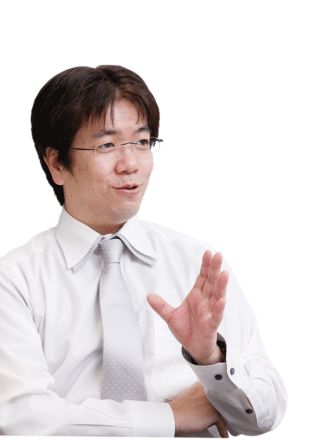
Back in those days, I didn’t think at all of what I would do after going out into the world. It was at about the age of senior high school third year that I began to become conscious of my future. Perhaps because of my father’s influence, I thought it would be nice if I could advance to electrical engineering department or mechanical engineering department. Although I was prepared to take a year off in the worst case, fortunately I was admitted to Keio University Faculty of Science and Technology to join the Department of Mechanical Engineering.
Became interested in “combustion” when I first visited the lab
What was your university life like?
My life had been club activities-centered up to and through my high school days. After entering the university, however, my awareness of life turned around and I began to focus on study. As a freshman, I belonged to the tennis circle but I quit it halfway because I often had to study overnight to prepare assigned reports. Besides, I had to spend two hours one way to come to the campus from my home in Saitama. After all, I injured my health, which made it impossible for me to continue the circle activity. Studying itself was not a headache because I was blessed with good friends, with whom I could compete in a friendly manner. All of my good friends were bright; in fact, three out of four including myself advanced to the doctor’s course. Of course, our life was not limited to studying. We often played together and, after having come of age, we enjoyed drinking together almost every weekend, which is a good memory I still cherish.
Why did you take up the study of combustion?
When I visited Professor Masahiko Mizomoto’s lab for inspection, seniors at the lab talked about combustion, which aroused my interest in this theme. After joining the Mizomoto lab, I was fascinated by combustion and soon found myself delving into this research theme with heart and soul. At the lab there were five to six seniors in the doctor’s course. Perhaps I was deeply impressed by their devotion to research. By that time I was living in a lodging house close to the campus, which allowed me to plunge into research day and night.
The study of combustion is truly profound. For example, if you are going to simulate a certain combustion phenomenon, you must simultaneously solve problems related to elements such as fluids, heat, diffusion and chemical reactions of substances involved. Depending on the target, it can take more than a month even by using a supercomputer. Moreover, much still remains unsolved in fundamental theories, which makes fundamental research into combustion very exciting.
To tell the truth, I once gave thought to finding employment as a researcher in a company. But I gave up this idea as I became increasingly inclined to study the basics. This is why I decided to advance to the doctor’s course. When I first consulted with my father about advancing to the doctor’s course, he opposed my proposal mainly due to a financial reason but finally agreed as I won a scholarship.
Later, from September 2003, I began to work in Tohoku University as a postdoctoral researcher. Experiences I acquired there marked a major turning point in my life. Professor Kaoru Maruta, the boss of our lab, was so internationally minded that renowned researchers frequently visited the lab from overseas to meet him. Encounters with these foreign researchers were truly valuable because I learned the importance of global communication and was able to broaden my perspective. Although I thought I had cultivated an adequate level of international mind by that time through presentations at international conferences and other activities, the reality I noticed was a shocking one – the gap in levels was hopelessly great. I took to heart the need to cultivate the ability to develop real discussions about research subjects on a global scale.
This motivated me to study abroad; I decided to study at Princeton University for one year from April 2005 as a research fellow for the Japan Society for the Promotion of Science. While Princeton University has a high reputation in Japan as a center for physics, mathematics and economics, it is also an institute with a long-standing history in the field of combustion study.
How did you find your researcher life abroad?
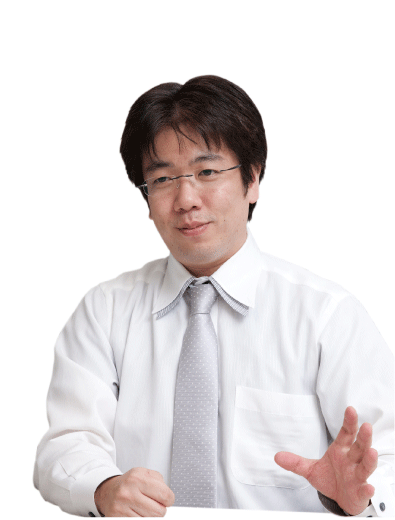
Honestly speaking, really tough. At the beginning I couldn’t find a fixed place to live in, so I had to move from one place to another, asking professors and other acquaintances for shelter for the first two weeks or so. To make the matter even worse, my English communication ability was extremely poor, which almost made me homesick after only two weeks or so (Laughter). Research work itself was enjoyable, but it took some time before I became accustomed to living in an overseas country. Fellow members in our lab were all considerate enough to talk to me clearly, so there was not a problem communicating in English in the lab. But once out on the streets, local people spoke very fast and often used slang, making it difficult for me to catch their words . . . I still remember that I had a hard time even opening a bank account. I found Chinese students here and there on the campus where I learned, but very few Japanese. I could find only one Japanese person in another department. My mentor, Prof. Yiguang Ju, was also Chinese. He is a truly bright person. He is internationally minded as well as logical in thinking and acting just like Prof. Maruta of Tohoku University whom I mentioned earlier. Not only that, he also has a very agreeable personality. I respect him very much as a researcher.
Study abroad in a positive way so that you can discuss on a par with excellent researchers from around the world
Was it necessary for you to study abroad after all?
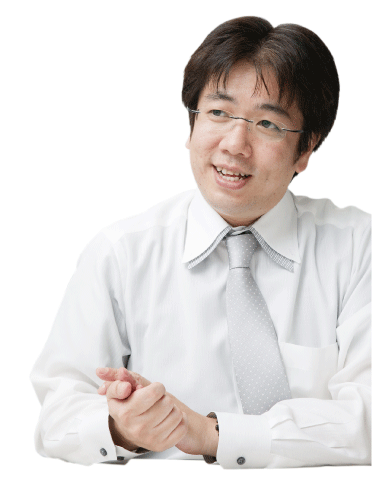
Yes. I think it’s very important for us to put ourselves in an environment where we can discuss on a par with excellent researchers from around the world. Speaking for myself, I was lucky because I was able to experience a lifestyle that allowed me to have discussions and think together, at any time, with foreign researchers who were thinking only of research around the clock. Because of this valuable experience, my lab at Keio follows the Princeton University style. Princeton University also has a tradition of developing discussion while taking lunch – an inspiring idea. I then knew that in Western countries like the United States, lunchtime and coffee breaks usually function as venues of communication regarding research. I had the impression that these hours are valuable as the extension of research work. Of course, in Japan we also drink or eat with students but these occasions are mostly for diversion. I would like to advise those students, who wish to choose a researcher’s career, to study abroad as early as possible, preferably by the age of 30 at the latest.
Do you have any creed that you value as a researcher?
Creative ideas for research rarely come up all of a sudden. Any good idea can take shape only after making constant efforts day after day, I believe. In other words, you must work hard steadily from day to day. Of course, you may sometimes fail. But if you stick to it untiringly, I’m sure the exit will surely come into sight sooner or later. If you capture something exciting in this way, you can appreciate a sense of major achievement. In fact, I experienced such a joyful moment several times in the process of my research pursuit. That should be the zest for researchers. Whether you are a researcher or not, anyone who is successful in society is, without exception, a person of steady effort. Don’t you think so?
In this connection, my overall impression of Keio students is that they are smart. They have the ability to handle things well and their communication ability is high. In a negative sense, they are shrewd. So, if they learn to make constant efforts, there will be nothing to fear. I sincerely hope that they will acquire such abilities.
How are you spending your holidays?
I often go out to countryside onsen hot-spring resorts with my friends. I recently visited Dake Onsen in Fukushima Prefecture. Dake Onsen features hot waters of strong acidity. I truly enjoyed an open-air hot-spring bath, unwinding myself and forgetting about everything. Another diversion is drinking Japanese sake. I sometimes drink with my students to relieve accumulated stress.
Some words from students
Student : Dr. Yokomori is an earnest, reliable teacher, who readily gives advice whenever we have a problem. What makes him great is his policy; he is kind but never spoils us, leading us to be independent. He is strict when it comes to research, but likes to go on a spree together with us at drinking parties – an unexpected aspect of his personality.
(Reporter & text writer: Madoka Tainaka)


